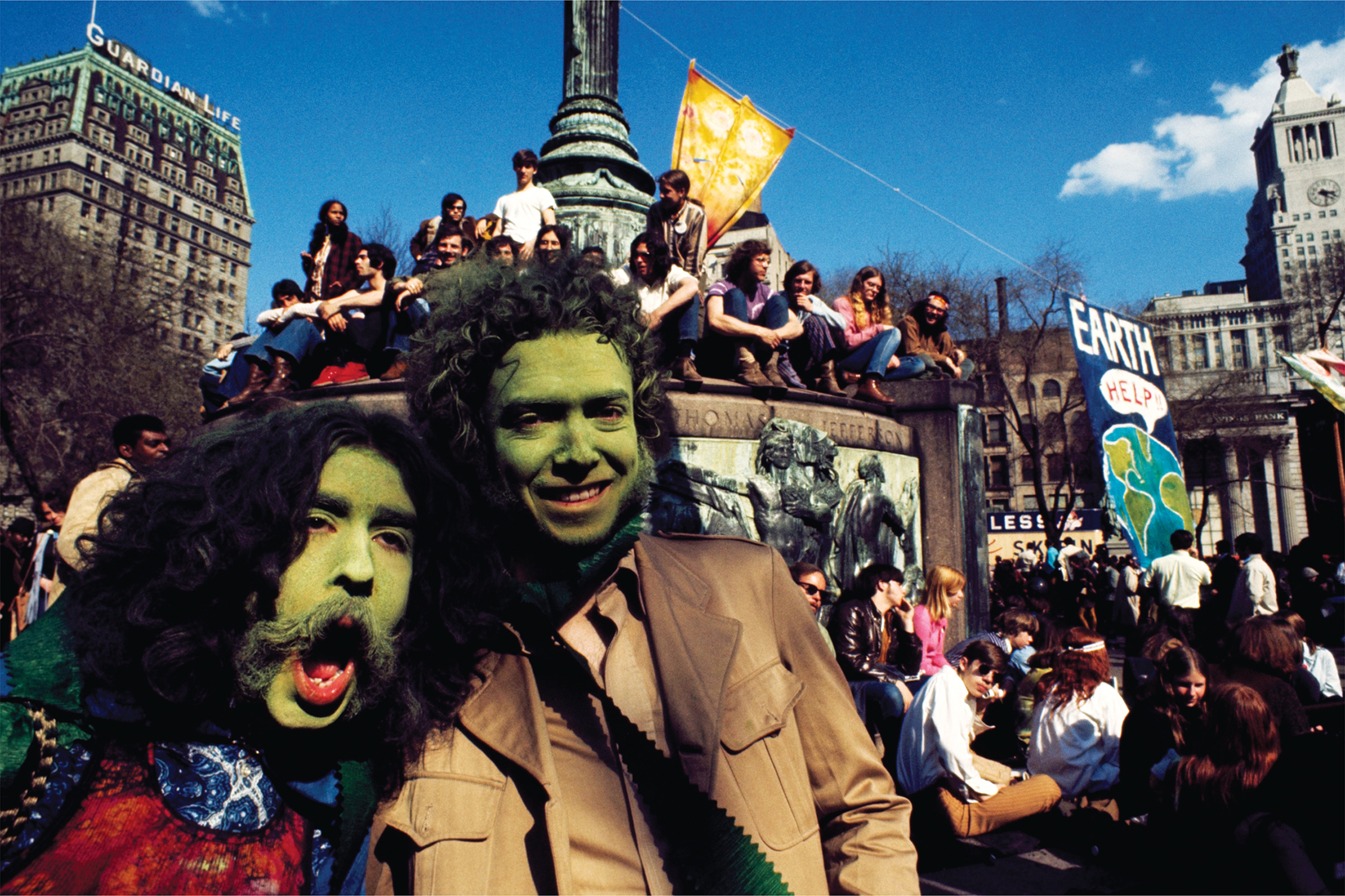The American Promise:
Printed Page 822
The American Promise Value
Edition: Printed Page 763
Chapter Chronology
Responding to Environmental Concerns
The oil crisis dovetailed with a rising environmental movement, which was pushing the government to conserve energy and protect nature and human beings from the hazards of rapid economic growth. Like the conservation movement born in the Progressive Era (see “Roosevelt and Conservation” in chapter 21), the new environmentalists sought to preserve natural areas for recreational and aesthetic purposes and to conserve natural resources for future use. Especially in the West, the post–World War II explosion of economic growth and mushrooming population, with the resulting demands for electricity and water, made such efforts seem even more critical. Already in the 1950s, environmental groups mobilized to stop construction of dams that would disrupt national parks and wilderness.
The new environmentalists, however, went beyond conservationism to attack the ravaging effects of industrial development and technological advances on human life and health. The polluted air and water and spread of deadly chemicals attending economic growth threatened wildlife, plants, and the ecological balance that sustained human life. Biologist Rachel Carson drew national attention in 1962 with her best seller Silent Spring, which described the harmful effects of toxic chemicals such as the pesticide DDT. The Sierra Club and other older conservation organizations expanded their agendas, and a host of new groups arose. Millions of Americans expressed environmental concerns on the first observation of Earth Day in April 1970. The locally organized, grassroots events addressed a host of topics, including oil spills, water pollution, recycling, industrial waste, automobile emissions, and many more.
Responding to these concerns, Nixon built on efforts begun under Johnson. He called “clean air, clean water, open spaces . . . the birthright of every American” and urged Congress to “end the plunder of America’s natural heritage.” In 1970, he created the Environmental Protection Agency (EPA) to enforce environmental laws, conduct research, and reduce human health and environmental risks from pollutants. He also signed the landmark Occupational Safety and Health Act (OSHA), protecting workers against job-related accidents and disease, the Clean Air Act of 1970, restricting factory and automobile emissions of carbon dioxide and other pollutants, and the Endangered Species Act of 1973. Although environmentalists claimed that Nixon failed to do enough, pointing particularly to his veto of the Clean Water Act of 1972, which Congress overrode, his environmental initiatives far surpassed those of previous administrations.

VISUAL ACTIVITY Earth Day 1970 Building on the success of teach-ins about the Vietnam War, Democratic senator Gaylord Nelson of Wisconsin came up with the idea of Earth Day “to shake up the political establishment and force this issue [environmentalism] onto the national agenda.” As a result, on April 22, 1970, some twenty million people participated in grassroots demonstrations throughout the country. Above are demonstrators in New York City. © Dennis Stock/Magnum Photos. READING THE IMAGE: What aspects of environmentalism are reflected in the colored faces in the forefront and in the banner behind? Why might young people have been especially drawn to the environmental movement? CONNECTIONS: What new environmental policies were enacted in the early 1970s?
